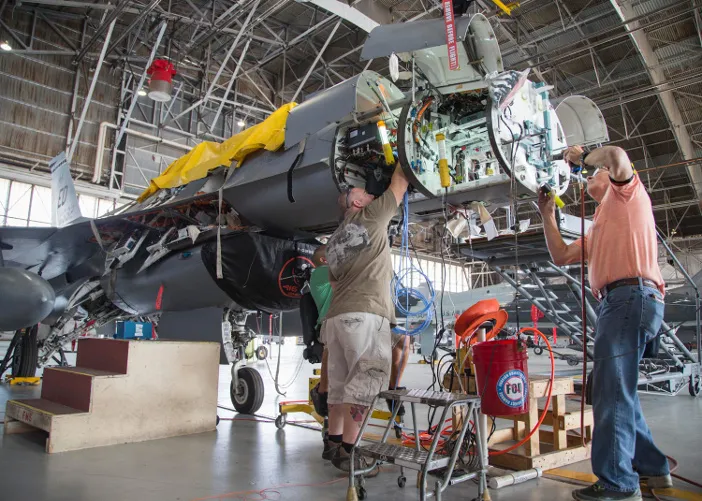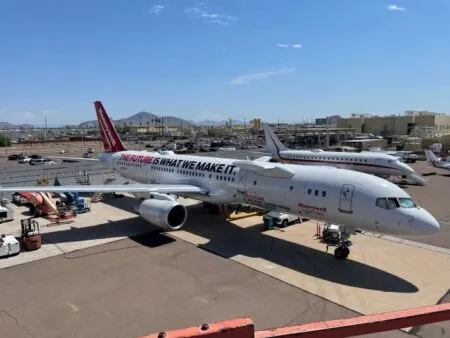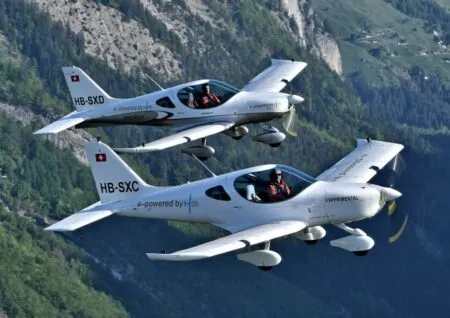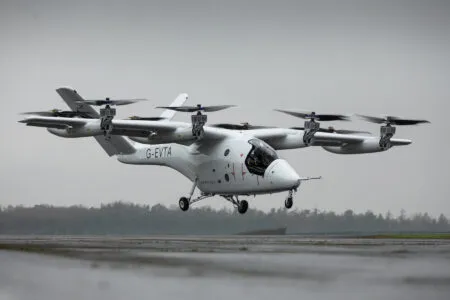Researchers from the USA have developed a mathematical framework to help engineers make better-informed decisions about which sensors to use and where they must be positioned in aircraft.
In an aircraft, sensors for angular velocity and acceleration are placed at specific locations to estimate the velocity. Sensors can have different accuracies, which is measured by the noise or the wiggles in the sensor measurements.
This noise impacts how accurately the internal properties can be predicted, but accuracies depend on the system and the application and predicting the required accuracy has a direct impact on the cost of the sensor.
The researchers from Texas A&M University based their mathematical framework on equations that describe the model of an F-16 aircraft. In their study, the researchers’ objective was to estimate the forward velocity, the direction of wind angle with respect to the airplane (the angle of attack), the angle between where the airplane is pointed and the horizon (the pitch angle) and pitch rate for this aircraft.
Available to them were sensors that are normally in aircraft for measuring acceleration, angular velocity, pitch rate, pressure and the angle of attack. In addition, the model was also provided with expected accuracies for each sensor.
Their model revealed that all of the sensors were not needed to accurately estimate forward velocity and that readings from angular velocity sensors and pressure sensors were enough. Also, these sensors adequately estimated other physical states, such as the angle of attack, precluding the need of an additional angle of attack sensor. In addition these sensors, although a surrogate for measuring the angle of attack, had the effect of introducing redundancy in the system, resulting in higher system reliability.
Dr. Raktim Bhattacharya, associate professor in the Department of Aerospace Engineering at Texas A&M University said, “If you want to get sensor accuracy that is two times more accurate, the cost is likely to be more than double. Furthermore, in some cases, very high accuracy is not even required.”
Bhattacharya added that even if the sensors are extremely precise, knowing where to put the sensor is critical because one might place an expensive sensor at a location where it is not needed. Thus, he said the ideal solution balances cost and precision by optimizing the number of sensors and their positions.
Bhattacharya said the mathematical framework has been designed so that it always indicates the least sensors that are needed even if it is provided with a repertoire of sensors to choose from.
“Let’s assume a designer wants to put every type of sensor everywhere. The beauty of our mathematical model is that it will take out the unnecessary sensors and then give you the minimum number of sensors needed and their position,” he said.
The research follows the recent Boeing 737 Max crashes, where the recovered black box hinted that a failed pressure sensor may have caused the ill-fated aircraft to nose dive. This incident and others have fueled a larger debate on sensor selection, number and placement to prevent the reoccurrence of such tragedies.
“During the early design stage for any control system, critical decisions have to be made about which sensors to use and where to place them so that the system is optimized for measuring certain physical quantities of interest,” said Bhattacharya,. “With our mathematical formulation, engineers can feed the model with information on what needs to be sensed and with what precision, and the model’s output will be the fewest sensors needed and their accuracies.”
Vedang Deshpande from the aerospace engineering department is the primary author of this research. He worked on this research for his doctoral thesis in Bhattacharya’s laboratory. The research was funded by the National Science Foundation.





